The creative people at FreshBooks’ cloud accounting service for freelancers and small businesses have developed “The Freelancer’s Guide to the Galaxy.” Because I have been freelancing for a long time and use FreshBooks’ services, I accepted their invitation to comment on the guide.
 The infographic (published below) points out that the freelance universe can be complex place to navigate on your own. The guide highlights 9 places new voyagers can expect to encounter. Here is a quick recap of the 9 zones and what I have learned traveling through them.
The infographic (published below) points out that the freelance universe can be complex place to navigate on your own. The guide highlights 9 places new voyagers can expect to encounter. Here is a quick recap of the 9 zones and what I have learned traveling through them.
CLIENT STAR FIELD: Potential clients abound but they can be elusive if you take the wrong approach.
My experience: This is true. The right approach matters because competition also abounds. You will also discover that not all clients and opportunities are right for you. At some point, seeking new clients becomes like perpetual online dating or job hunting. Eventually you may prefer to settle down with a few clients who value your work and treat you like part of the team.
LAND OF PEAKS AND PITS: Some months you’ll have to trek through mountains of work from multiple clients. Other months you’ll have to slog through a desert of dry spells.
My experience: Mountains of work are fraught with peril (e.g., missed deadlines, neglected marketing projects, overlooked accounting tasks). The deserts can be unnerving because you never know when the dry spell will end. But slowdowns in paying assignments are great opportunities to pursue personal projects that refresh your skills and enthusiasm. Dry spells can also give you time to streamline your workflows, update your skills, or connect with clients who can give you a predictable flow of steady work.
ISOLATION ZONE: Sometimes the life of a work-at-home freelancer gets a bit lonely. Stay connected to professional peers at networking events or informal get-togethers.
My experience: I am more productive and creative working in isolation than in an open-space office environment. But staying connected to the outside world is essential. Traveling to trade shows and educational conferences can expand your universe of contacts, opportunities, and ideas for new projects.
TIME WASTER’S BLACK HOLE: Online (and offline) distractions can be a powerful force.
My experience: You can’t afford to fall into the black hole of wasted time. As a freelancer, your time is your most valuable asset. Ultimately, your earning potential depends on how many hours you spend on income-generating projects.
GRAY AREA: The boundaries between work and home become especially blurry when working from home.
My experience: This was particularly true when my children were little. But children grow up and move out faster than you imagine. So, I have never regretted the times I let my own work slow down to spend more time with them. Still, I have always appreciated my separate home office space. I close the door and leave work behind at the end of a busy day.
PLANET YOU: You are responsible for your own success.
My experience: Like other freelancers, I was shocked by how little time is spent doing work I truly love. Instead of “being your own boss,” you must adapt to the diverse work styles and expectations of multiple bosses. Plus, in addition to marketing yourself, there will be times when you must be your own IT person, accountant, and training expert.
Continuous training is especially important because it can help you differentiate yourself from competitors and become indispensable to your clients. Freelancers with leading-edge skills or unique expertise can command higher rates.
ACCOUNTING ALLEY: The land of taxes, deductions, and accounts payable can seem like entering a whole new universe.
My experience: In addition to exploring the brave new world of accounting, you may encounter clients who require specific types of business insurance and licenses. If you approach freelancing as a business instead of a sideline, you will be better prepared to handle the realities of taxes, local home-business regulations, and insurance.
CORPORATE TEMPTRESSES: Guaranteed health coverage and 401k contributions could lure you back into the life of a salaried employee.
My experience: Weaving between the worlds of freelancing and full-time work can be a good thing. I worked at home when my children were toddlers, and happily accepted a part-time job when the kids went off to school. When the part-time job morphed into full-time work, I forged valuable connections that guaranteed steady work when I opted to return to freelancing. In today’s world of “contingent workforces,” a full-time job isn’t necessarily more secure than freelancing.
RETIREMENT NEVERLAND: Don’t neglect the need to plan for your financial future.
My experience: Yes, it’s critical to plan for secure financial future. But if you reach the point in your business where you can do more of the work you love, you may not want to retire. At some point during your freelance career, consider diversifying your work so that not all of your income comes from paying clients. Creative professionals today are discovering dozens of new ways to create and sell their own products.

Final Words of Advice
With the rise of the gig economy and contingency work teams, dozens of new services have been developed to make life easier for independent workers.
I started using FreshBooks several years ago, when I learned about it during a virtual conference on International Freelancer’s Day. The founder of FreshBooks was a freelance designer who learned the hard way that general-office tools for creating documents and spreadsheets aren’t sufficient for the needs of independent business owners.
At first, I used FreshBooks primarily for time tracking, invoicing, and preparing 1099 forms for independent contractors I managed for a major project. Today, I also use FreshBooks to track and categorize tax-deductible expenses. I can access FreshBooks on my iPhone, iPad and PC.

Today, companies that hire freelancers may ask you to provide specialized services that you don’t yet offer. FreshBooks’ partnership with Elance makes it easy to connect with a vast pool of other freelancers who could help deliver additional services a client might want.
The FreshBooks partnership with PayPal makes it easy for to give clients several options for how they want to pay (including credit cards).
Many other apps and services exist make it easier for freelancers today to find new clients, submit proposals, and provide a wider range of services. I will share some of the services that have worked well for me in future posts.
FOR MORE INFORMATION
FreshBooks
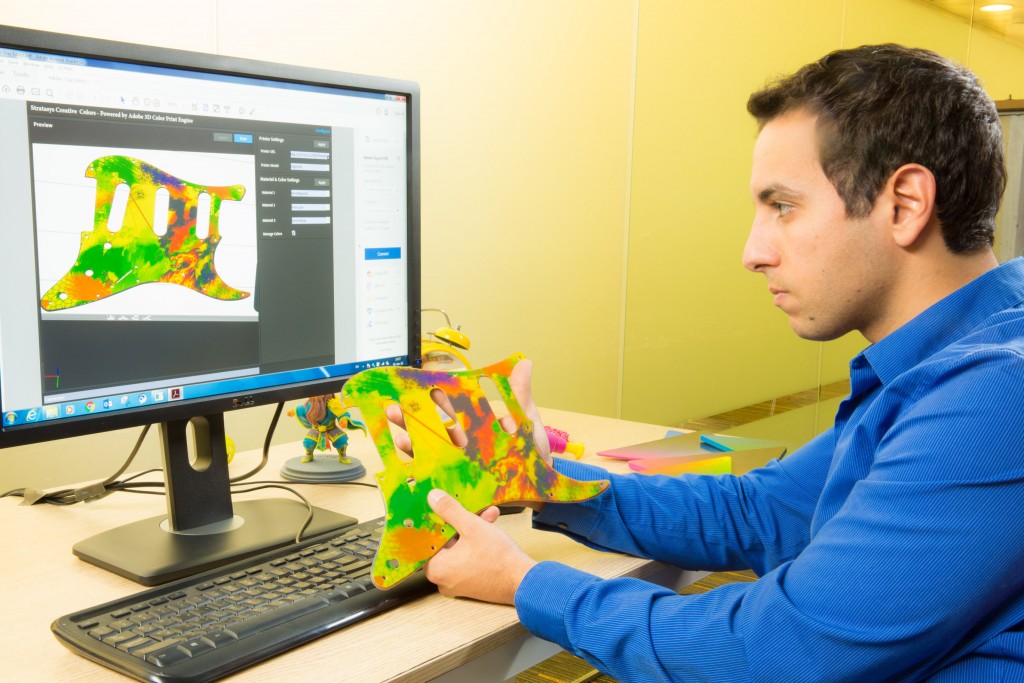
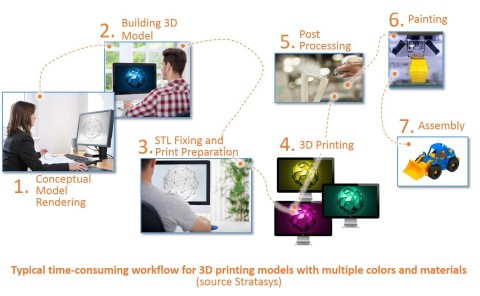
 Stratasys Creative Colors empowers designers to use enhanced color tools such as vibrant gradient color palettes with expanded color spectrums, improved textures and patterns support, and time-saving color previews.
Stratasys Creative Colors empowers designers to use enhanced color tools such as vibrant gradient color palettes with expanded color spectrums, improved textures and patterns support, and time-saving color previews.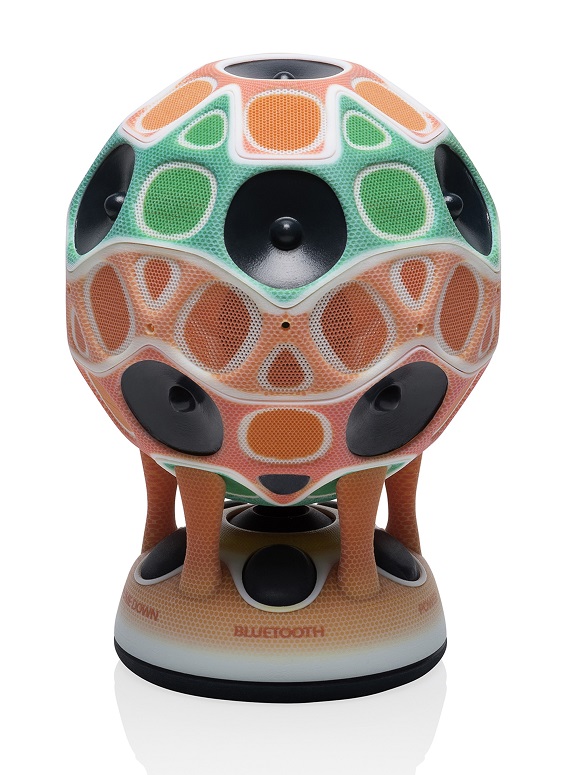


 3D printing is poised to revolutionize manufacturing and product design just as on-demand television has revolutionized the media industry.
3D printing is poised to revolutionize manufacturing and product design just as on-demand television has revolutionized the media industry.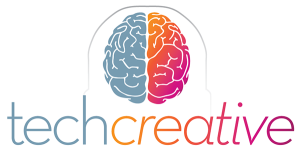 In a recent Printing Industries of America magazine white paper, “
In a recent Printing Industries of America magazine white paper, “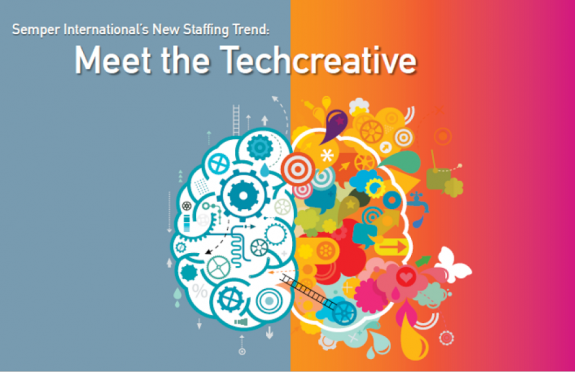
 The infographic (published below) points out that the freelance universe can be complex place to navigate on your own. The guide highlights 9 places new voyagers can expect to encounter. Here is a quick recap of the 9 zones and what I have learned traveling through them.
The infographic (published below) points out that the freelance universe can be complex place to navigate on your own. The guide highlights 9 places new voyagers can expect to encounter. Here is a quick recap of the 9 zones and what I have learned traveling through them.

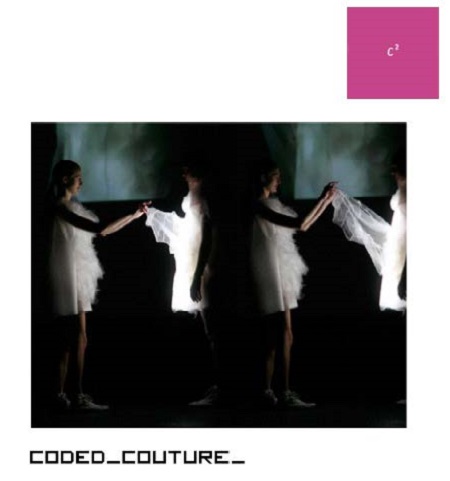

![For a project entitled "[No]Where, [Now]Here," Ying Gao created two dresses that combine super organaza, photoluminescent thread and embedded eye-tracking technology to create a dress. The luminosity of the thread is activated by the spectator's gaze. (www.yinggao.com)](https://creativesatworkblog.com/wp-content/uploads/2016/01/CodedCouture-NowHere-333x500.jpg)